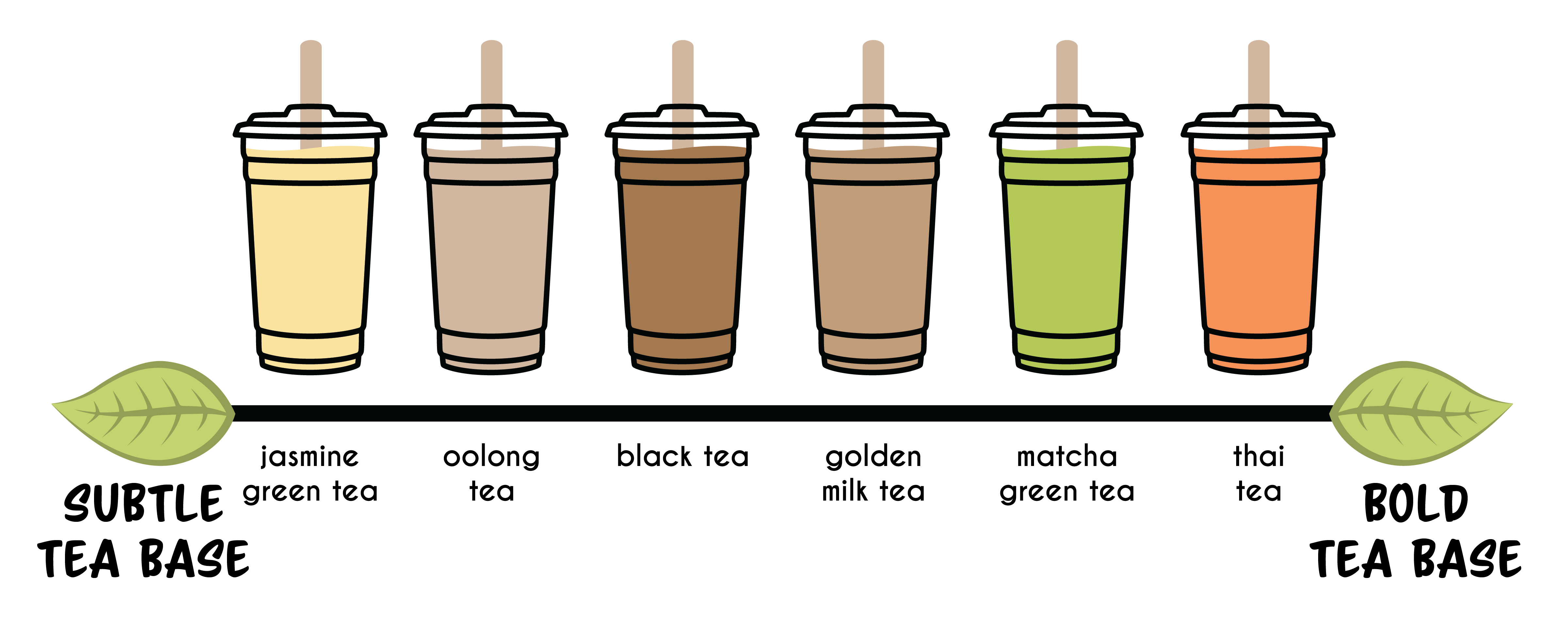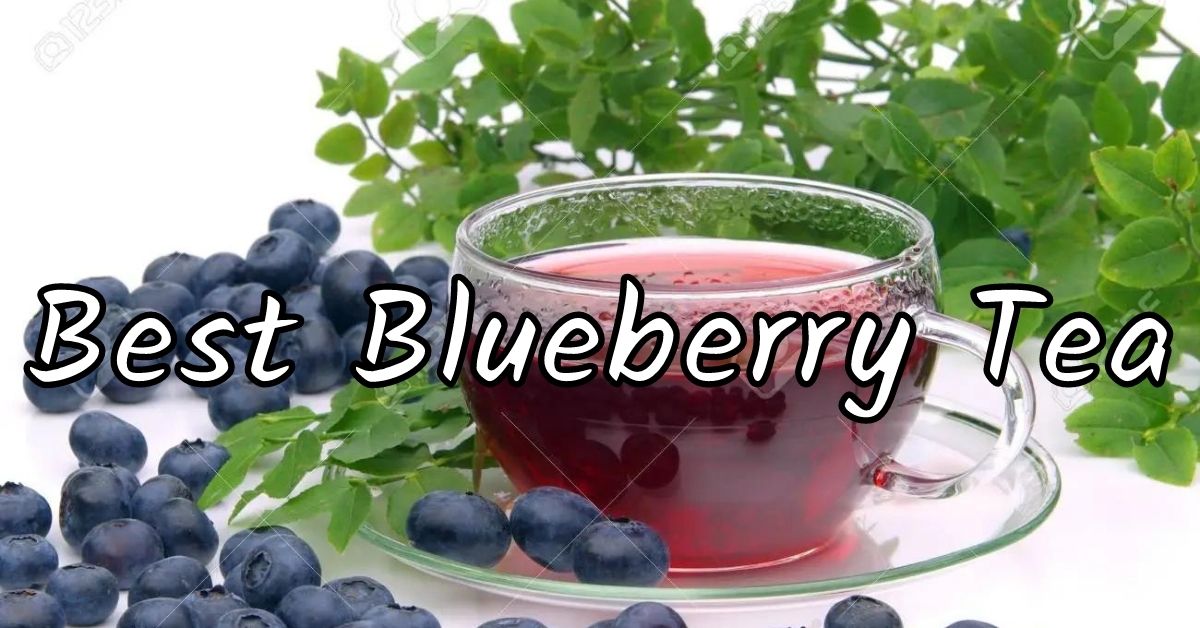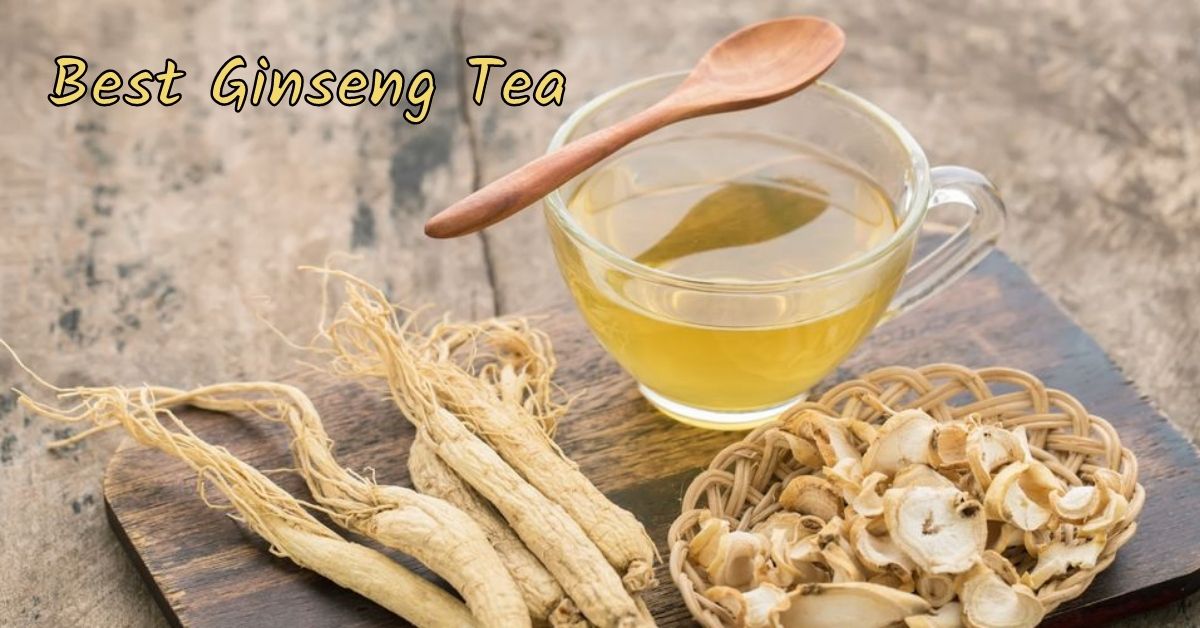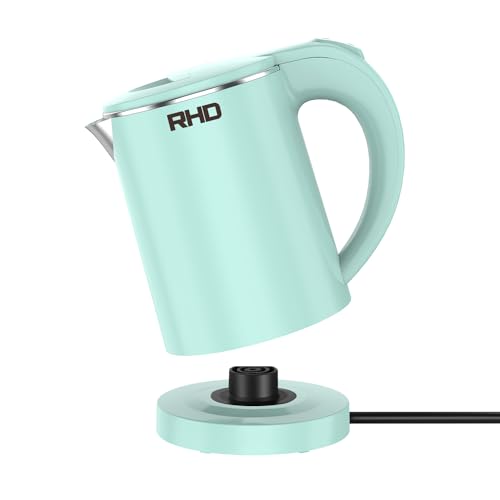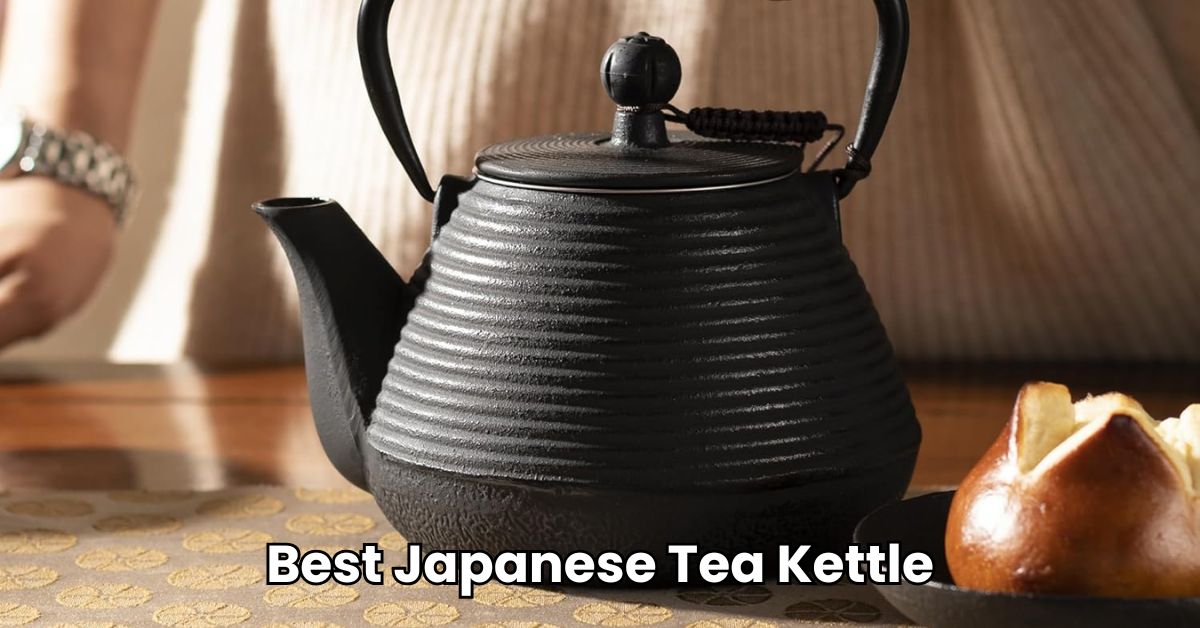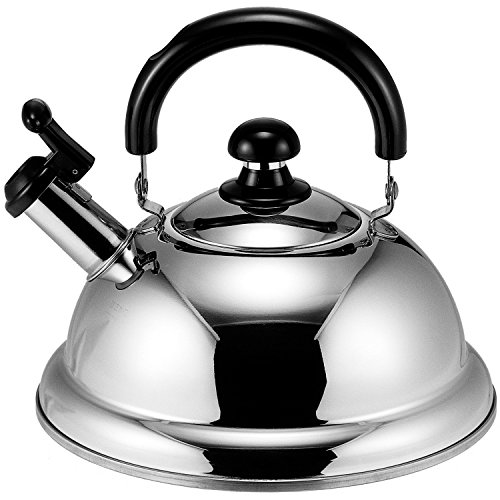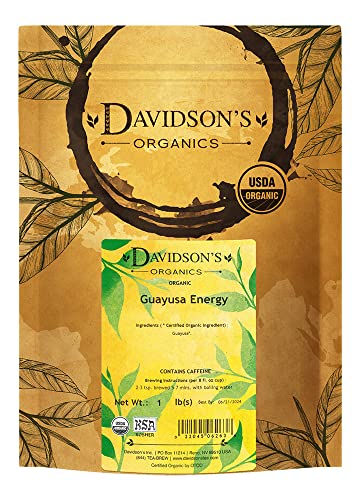Tea lovers often debate between Oolong and Jasmine tea. Both offer unique flavors and health benefits.
Comparing teas can help you choose the one that suits your taste and needs. Oolong tea and Jasmine tea have distinct origins, preparation methods, and flavor profiles. Understanding these differences can enhance your tea-drinking experience. You might prefer the floral notes of Jasmine tea or the complex taste of Oolong tea.
This comparison will guide you in selecting the tea that best matches your preferences. Whether you seek relaxation or a boost of energy, knowing the benefits and qualities of each tea can help you make an informed choice. Let’s explore the fascinating world of Oolong and Jasmine tea.
Introduction To Oolong And Jasmine Tea
Tea lovers often debate the merits of Oolong and Jasmine tea. Both have unique flavors and rich histories. Understanding their origins and how they are enjoyed around the world can help tea enthusiasts appreciate these beverages even more.
Origins And History
Oolong tea has roots in China. It dates back to the Ming Dynasty. The name “Oolong” means “black dragon” in Chinese. This refers to the dark, twisted leaves. The tea is semi-oxidized. This gives it a flavor between green and black tea.
Jasmine tea also comes from China. It first appeared during the Song Dynasty. Jasmine flowers are added to green tea leaves. This gives the tea a delicate floral aroma. The process involves layering jasmine blossoms with tea leaves. The leaves absorb the fragrance overnight.
Popularity Around The World
Oolong tea is popular in China and Taiwan. It is also gaining fans in the West. Tea connoisseurs appreciate its complex taste. Oolong is served in many tea houses globally.
Jasmine tea is well-loved in China and Japan. It is often served in Chinese restaurants worldwide. People enjoy it for its soothing and fragrant qualities. Jasmine tea is available in various blends and is a staple in many households.
Nutritional Profile
Oolong and Jasmine teas offer unique flavors and health benefits. Understanding their nutritional profiles helps in making informed choices. Both teas are rich in antioxidants and other key nutrients.
Key Nutrients In Oolong
Oolong tea contains a range of vital nutrients. It is rich in antioxidants which help fight free radicals. These antioxidants can improve overall health. Oolong also contains vitamins A, B, C, E, and K. These vitamins support various bodily functions.
Minerals like calcium, manganese, copper, and potassium are also present. They help in bone health and boost metabolism. Oolong tea has small amounts of amino acids. These are essential for muscle repair and growth.
Key Nutrients In Jasmine
Jasmine tea is equally nutritious. It is packed with antioxidants that protect cells. This tea is rich in catechins which are known for their health benefits. Jasmine tea also contains caffeine, though in lesser amounts than coffee.
Vitamins A, C, and E are found in Jasmine tea. These vitamins are good for the immune system. Jasmine tea also includes small amounts of minerals. These minerals include iron, calcium, and potassium. They contribute to overall well-being.
Antioxidant Properties
When comparing Oolong and Jasmine tea, their antioxidant properties stand out. Both teas offer significant health benefits due to their rich antioxidant content. Antioxidants are essential for fighting free radicals in the body. These free radicals can cause damage to cells and lead to various diseases. Let’s explore the unique antioxidant properties of Oolong and Jasmine tea.
Oolong’s Antioxidants
Oolong tea contains polyphenols. These compounds are known for their antioxidant effects. Polyphenols help reduce inflammation. They also protect against chronic diseases. The fermentation process of Oolong tea boosts its antioxidant levels. Drinking Oolong can support heart health. It can also improve brain function.
Jasmine’s Antioxidants
Jasmine tea is rich in catechins. Catechins are powerful antioxidants. They help prevent cell damage. They also reduce the risk of heart disease. Jasmine tea also contains theanine. This amino acid promotes relaxation and reduces stress. Drinking Jasmine tea can improve immune function. It can also promote a sense of well-being.
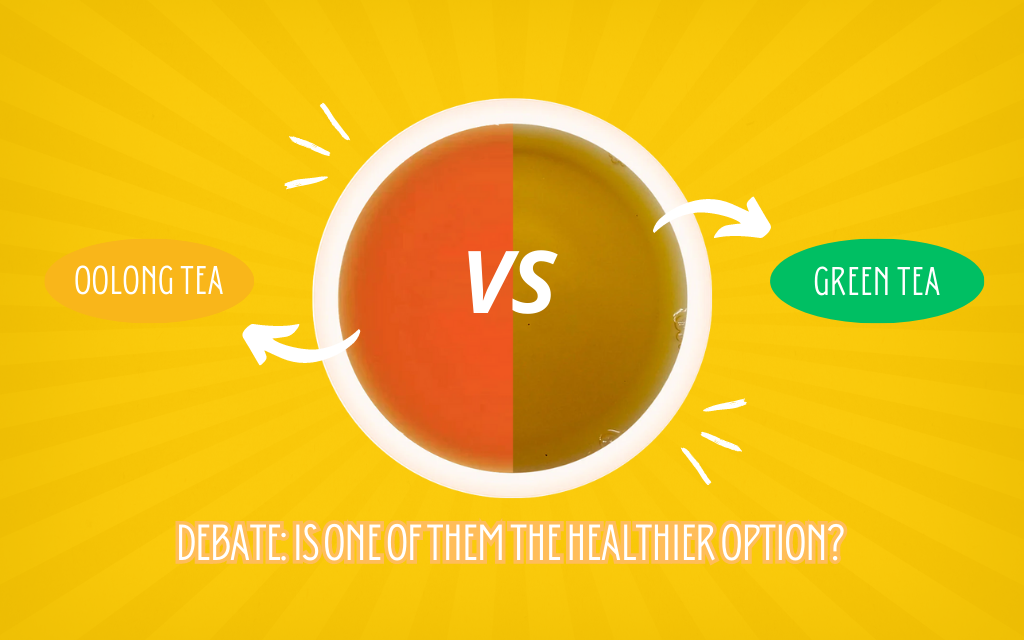
Credit: www.goldentipstea.com
Health Benefits
Tea enthusiasts often compare Oolong and Jasmine tea. Both teas offer unique flavors and aromas. They also provide numerous health benefits. Let’s explore the health benefits of Oolong and Jasmine tea.
Heart Health
Oolong tea is known for its heart health benefits. It helps reduce cholesterol levels. This can lead to a healthier heart. Studies suggest that regular consumption of Oolong tea can lower the risk of heart disease.
Jasmine tea also promotes heart health. It contains antioxidants that help protect the heart. These antioxidants can prevent damage to blood vessels. Drinking Jasmine tea regularly may support a healthy heart.
Mental Health
Oolong tea can boost mental health. It contains caffeine and L-theanine. These compounds can improve alertness and concentration. They also help reduce stress and anxiety.
Jasmine tea has a calming effect. The aroma of Jasmine tea can soothe the mind. It helps reduce stress and promotes relaxation. Drinking Jasmine tea can improve mood and mental well-being.
Weight Management
Weight management is a common goal for many people. Both Oolong tea and Jasmine tea have gained popularity in this area. These teas offer unique benefits that can help support weight loss efforts. Let’s explore how each tea can aid in weight management.
Oolong And Weight Loss
Oolong tea is semi-fermented, sitting between green and black tea. This unique process gives it a distinct flavor and health benefits. Oolong tea can boost metabolism. It contains polyphenols that help increase fat oxidation. Drinking Oolong tea may help you burn more calories. A faster metabolism means more efficient weight loss.
Studies suggest that Oolong tea can reduce body fat. Regular consumption may help prevent obesity. The caffeine content in Oolong tea provides an energy boost. This can enhance physical performance and support weight loss efforts. Drinking Oolong tea before exercise might improve your workout results.
Jasmine And Weight Loss
Jasmine tea is usually green tea scented with jasmine flowers. This combination offers the benefits of green tea with a fragrant twist. Jasmine tea contains antioxidants called catechins. These compounds are known to boost metabolism. A faster metabolism can help with weight loss.
Drinking Jasmine tea may also help reduce appetite. This can prevent overeating and support weight management. The calming aroma of jasmine can reduce stress levels. Lower stress can lead to better eating habits and improved weight control. Enjoying a cup of Jasmine tea can be a relaxing way to support your weight loss journey.

Credit: www.goldentipstea.com
Skin And Beauty
In the world of teas, both Oolong and Jasmine offer numerous benefits for the skin and beauty. These teas are rich in antioxidants and nutrients that can enhance your skin’s health and appearance.
Oolong For Skin
Oolong tea is packed with antioxidants that fight free radicals. These free radicals cause premature aging. By drinking Oolong tea, you can help reduce the signs of aging. This includes wrinkles and fine lines.
Oolong tea also contains anti-inflammatory properties. This can help reduce skin irritation and redness. People with acne-prone skin may find this tea beneficial. It helps to soothe and calm the skin.
Besides drinking, you can use Oolong tea topically. Brew a cup of Oolong tea and let it cool. Use a cotton ball to apply it to your face. This can help to tighten pores and cleanse the skin.
Jasmine For Skin
Jasmine tea is known for its sweet fragrance and skin benefits. It is rich in antioxidants that help to protect the skin from damage. This can lead to a more youthful appearance.
Jasmine tea has antibacterial properties. This can help in treating skin infections and acne. Drinking jasmine tea can improve your skin’s overall health. It boosts the immune system and fights off bacteria.
Applying Jasmine tea topically can also be beneficial. Brew a cup of Jasmine tea and let it cool. Use a cotton pad to apply it to your skin. This can help to hydrate and moisturize your skin.
Both Oolong and Jasmine teas offer unique benefits for the skin. Incorporating them into your skincare routine can lead to healthier, glowing skin.
Caffeine Content
Understanding the caffeine content in your tea can help manage your daily intake. Oolong and Jasmine tea offer unique caffeine experiences. Let’s explore their caffeine levels.
Oolong’s Caffeine Levels
Oolong tea falls between green and black tea in caffeine content. A typical cup contains about 37-55 mg of caffeine. This range can vary based on the type and brewing method.
Factors affecting caffeine content in Oolong tea:
- Tea leaves: Younger leaves have more caffeine.
- Brewing time: Longer steeping increases caffeine.
- Water temperature: Hotter water extracts more caffeine.
For a milder caffeine intake, steep Oolong for a shorter time. For a stronger kick, steep longer and use hotter water.
Jasmine’s Caffeine Levels
Jasmine tea usually uses green tea leaves as a base. The caffeine content is typically lower than Oolong. A standard cup contains around 15-30 mg of caffeine.
Jasmine tea’s caffeine content depends on:
- Tea base: Green tea base has less caffeine.
- Brewing process: Shorter steeping keeps caffeine low.
- Tea grade: Higher grades may have more caffeine.
To enjoy Jasmine tea with lower caffeine, choose a green tea base and steep briefly. This offers a gentle, aromatic experience with minimal caffeine.
Taste And Preparation
Oolong and Jasmine teas are popular choices for tea lovers. Each offers unique tastes and requires specific preparation methods. This section explores the flavor profiles and brewing techniques of these two types of tea.
Flavor Profiles
Oolong tea has a broad spectrum of flavors. It can range from sweet and fruity to rich and roasted. The taste depends on the oxidation level and the region where it is grown.
Jasmine tea, on the other hand, is known for its fragrant aroma. It typically has a delicate, floral taste. The flavor comes from the jasmine flowers used in its production.
| Tea Type | Flavor |
|---|---|
| Oolong | Sweet, Fruity, Rich, Roasted |
| Jasmine | Delicate, Floral |
Brewing Techniques
Brewing Oolong tea requires precision. Use water at around 185°F (85°C). Steep the tea for 3-5 minutes for optimal flavor. Use 1 teaspoon of tea leaves per cup of water.
Jasmine tea is simpler to brew. Use water at 175°F (80°C). Steep for 2-3 minutes. Use 1 teaspoon of jasmine tea per cup of water.
- Oolong Tea Brewing:
- Water temperature: 185°F (85°C)
- Steep time: 3-5 minutes
- Tea leaves: 1 teaspoon per cup
- Jasmine Tea Brewing:
- Water temperature: 175°F (80°C)
- Steep time: 2-3 minutes
- Tea leaves: 1 teaspoon per cup

Credit: veryveganish.com
Frequently Asked Questions
What Is The Difference Between Oolong And Jasmine Tea?
Oolong tea is semi-oxidized with a robust flavor. Jasmine tea is typically green tea scented with jasmine flowers, offering a floral aroma.
Which Tea Has More Caffeine, Oolong Or Jasmine?
Oolong tea generally has more caffeine than Jasmine tea. The caffeine content varies based on processing and preparation methods.
Are There Health Benefits To Drinking Oolong Tea?
Yes, Oolong tea can boost metabolism, improve mental alertness, and support heart health. It also contains antioxidants.
Is Jasmine Tea Good For Stress Relief?
Yes, Jasmine tea can reduce stress and anxiety. Its soothing aroma promotes relaxation and calmness.
Conclusion
Choosing between Oolong and Jasmine tea depends on personal taste. Both offer unique flavors and health benefits. Oolong tea has a rich, robust taste. Jasmine tea provides a fragrant, delicate flavor. Consider caffeine levels and desired health benefits. Try both to discover your favorite.
Enjoy exploring the diverse world of teas. Savor each cup and experience the unique qualities each tea offers. Happy sipping!

